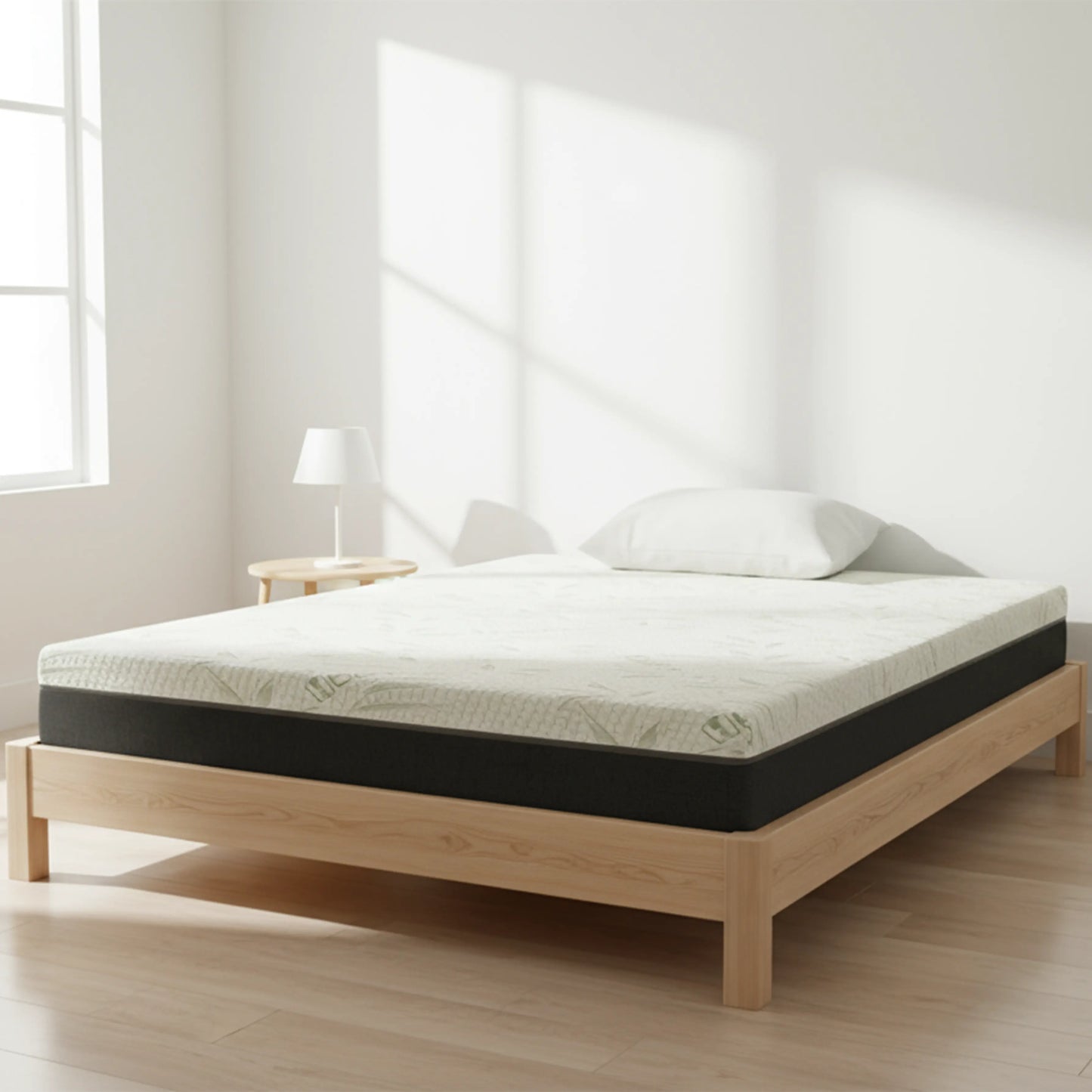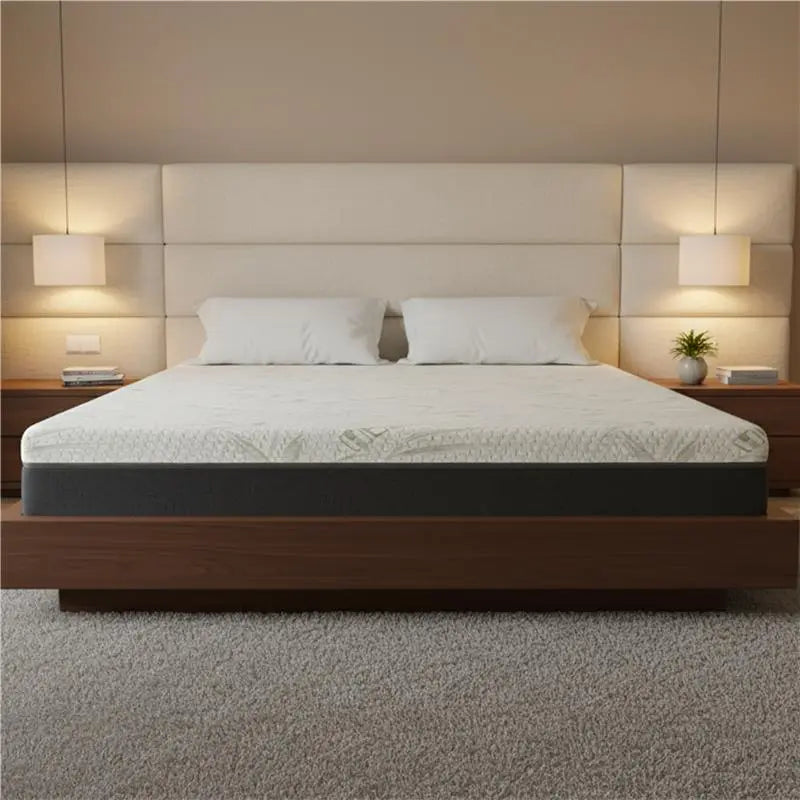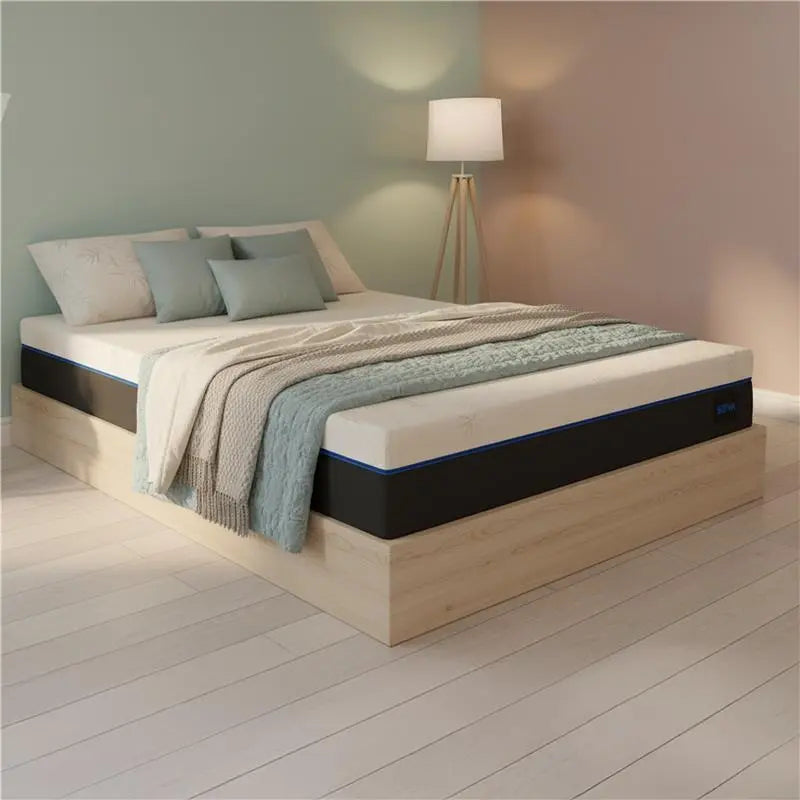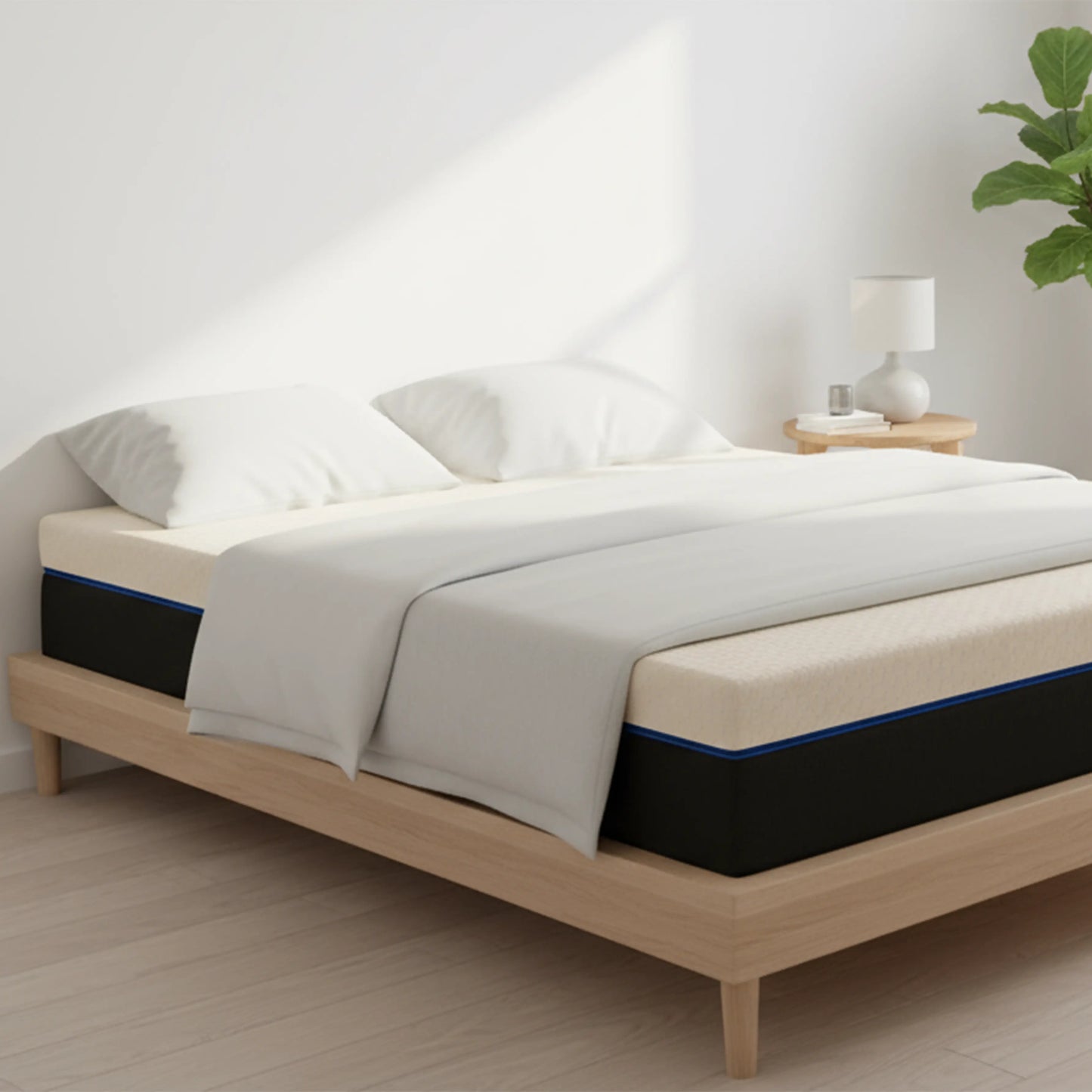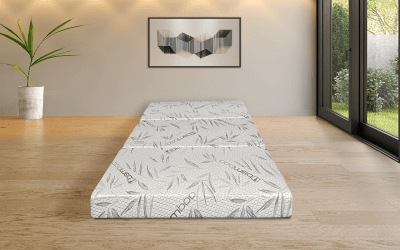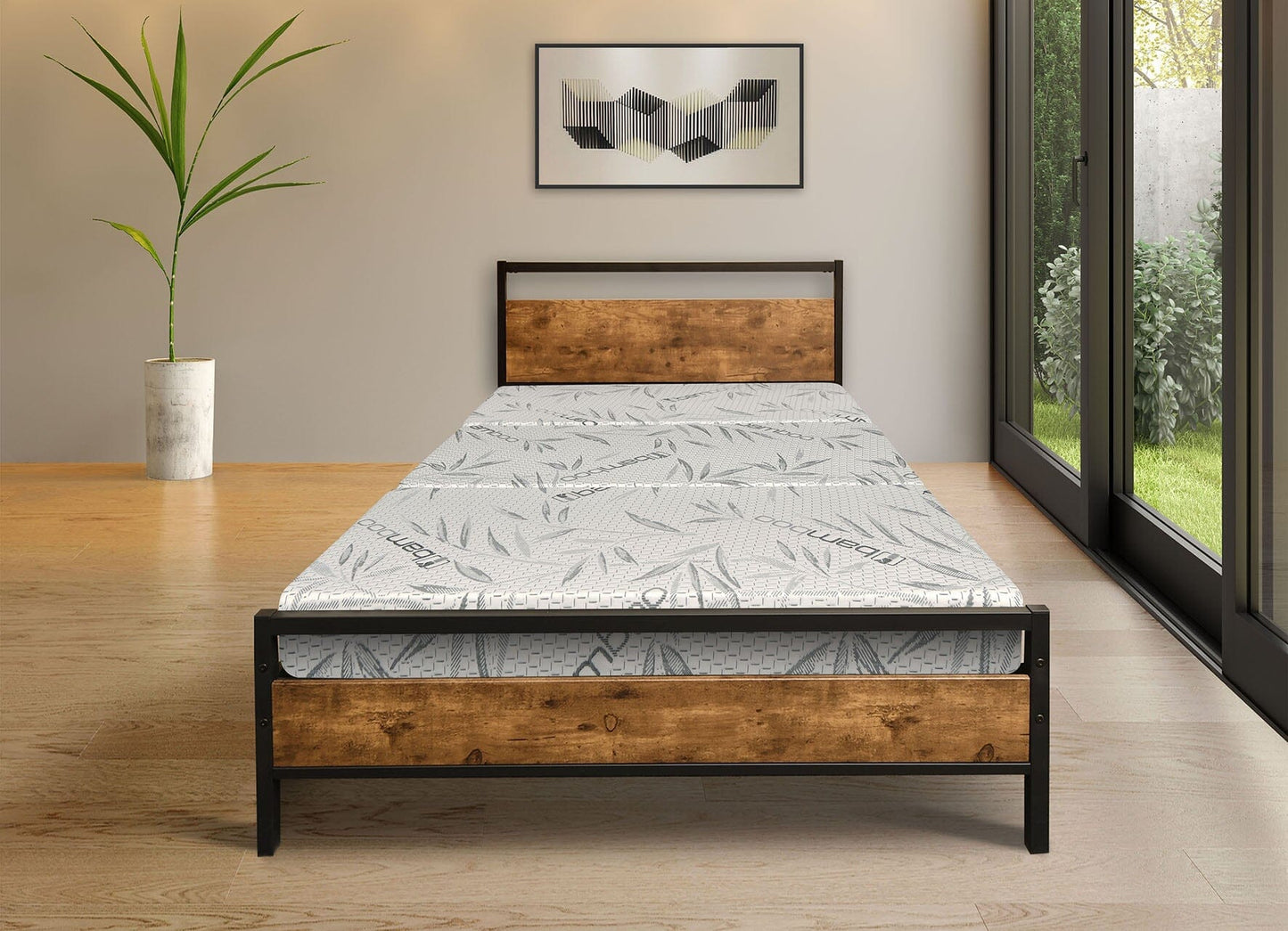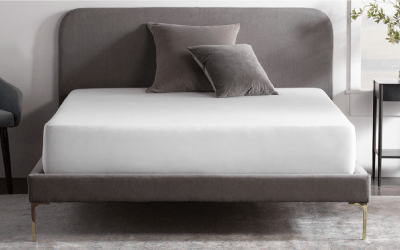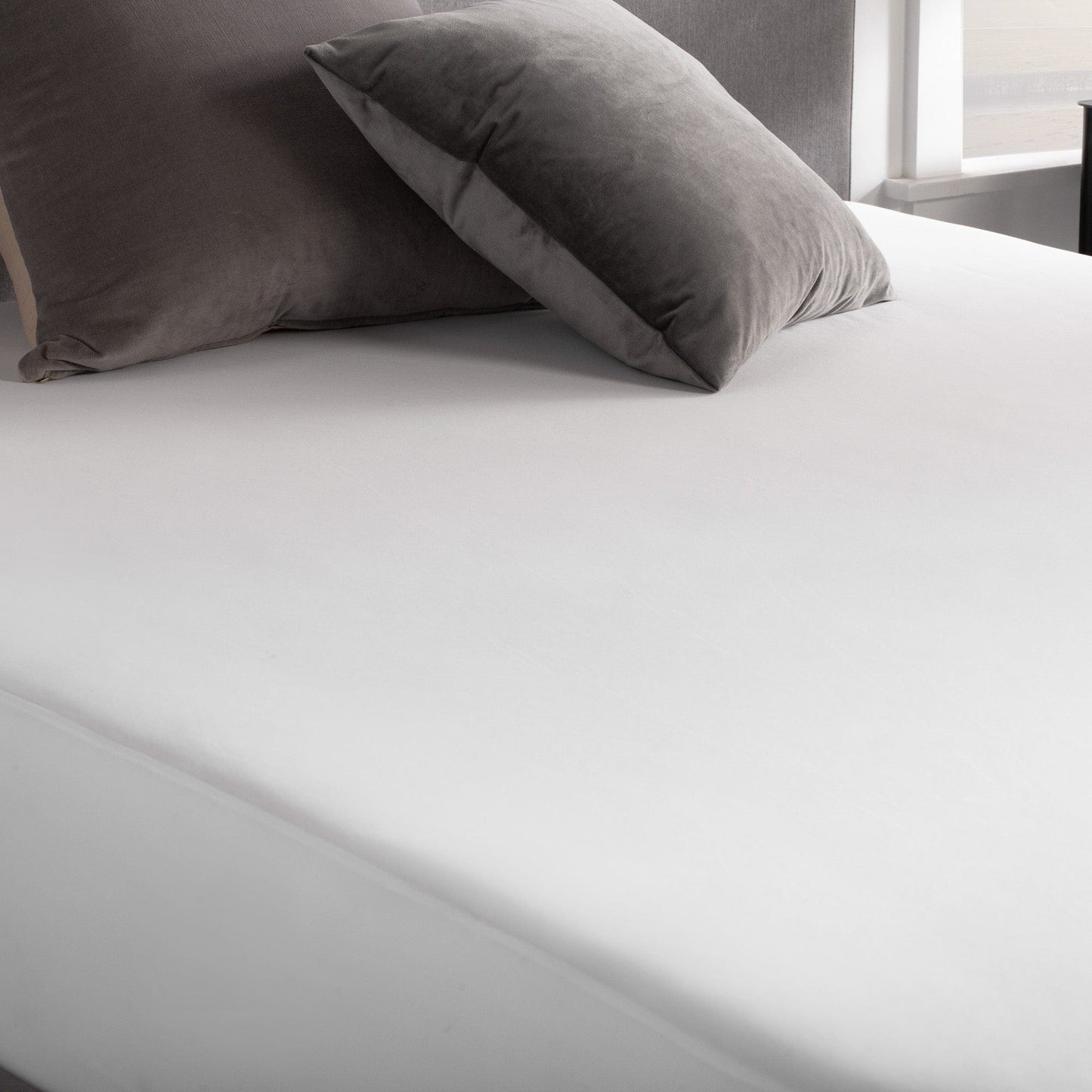For parents, few milestones feel as big as the transition from a crib to a real bed. It marks a child’s growth, independence, and a new stage of family life. But deciding when to make that move isn’t always simple. Some kids are ready earlier than others, and parents often wonder whether it’s too soon or too late to replace the crib with a proper mattress.
This guide will help Canadian families understand the right timing, what signs to look for, and which mattress options work best for growing kids.
Why Timing Matters
The crib-to-bed transition isn’t just about sleep—it’s about safety, comfort, and development. Choosing the right time ensures that your child feels secure and rested, while also preventing risks like climbing accidents or restless nights.

Signs It’s Time to Move On from the Crib
While age is a factor, the best timing depends on your child’s behavior and growth. Here are the most common signs:
Climbing Out of the Crib
Once your child starts attempting to climb over the rails, the crib becomes unsafe. This often happens between 18 months and 3 years.
Outgrowing the Space
If your toddler looks cramped or can’t stretch out comfortably, they’re ready for a larger sleep surface.
Potty Training
A kids’ mattress allows easier nighttime bathroom trips, which helps during toilet training.
Restless Sleep
Tossing, turning, and bumping into crib sides are signs your child needs more space.
Expressing Independence
When your child shows interest in “big kid” activities—like wanting to choose their bed—it can be the right time.
Ideal Age Range for Transition
Most children move from crib to bed between 2 and 3 years old, though some transitions happen earlier or later. The key is balancing safety with readiness. Waiting too long can create frustration, while moving too early may disrupt sleep if the child isn’t ready.
Choosing the Right Kids’ Mattress
When upgrading, the mattress matters as much as the timing. A good kids’ mattress should provide comfort, durability, and age-appropriate support.
1. Toddler to Early Childhood (Ages 2–5)
- Best Mattress Type: Firm to medium-firm foam mattress.
- Why: Provides safe, supportive sleep for growing bones.
- Seva Option: Seva Bamboobliss Mattress — compact, breathable, and supportive for small children.
2. School-Age Kids (Ages 6–9)
- Best Mattress Type: Memory foam or low-profile hybrid.
- Why: Adds softness and pressure relief as children become more active.
- Seva Option: Seva Cool Mattress — gel-infused foam that keeps kids cool and comfortable.
3. Tweens and Teens (Ages 10+)
- Best Mattress Type: Hybrid or larger mattress (twin XL or full).
- Why: Offers durability and enough room for growth spurts.
- Seva Option: Seva Hybrid Mattress or Seva Hotel Collection — built for long-term use and versatile comfort.
Safety Considerations During Transition
Bed Frame Choice
- Start with a low-to-the-ground frame to prevent injuries from falls.
- Guardrails add extra safety during the early months.
Room Setup
- Clear sharp edges and keep the area around the bed soft with rugs or mats.
- Avoid placing the bed near windows or cords.
Mattress Size
- Many families start with a twin, but consider a twin XL or full to avoid replacing the mattress again during growth spurts.
Hygiene
- Use a waterproof mattress protector, especially during potty training.
Helping Your Child Adjust
Transitioning from a crib to a bed can be exciting but also unsettling. A few strategies can make the move smoother:
- Involve Them in the Process: Let your child help pick out bedding or a pillow.
- Keep a Familiar Routine: Stick to bedtime rituals like reading or lullabies.
- Use Positive Reinforcement: Celebrate small wins, like sleeping through the night in their new bed.
- Be Patient: Expect some trial and error occasional nighttime wanderings are normal.
Budgeting for a Kids’ Mattress
Parents often wonder how much to invest in a mattress for a child. While you don’t need a top-of-the-line luxury model, cutting corners too much can affect sleep quality.
- Entry-Level Options: Foldable or budget foam mattresses work well for toddlers.
- Mid-Range Choices: Memory foam or hybrids provide comfort and durability for school-aged kids.
- Premium Options: Long-lasting hybrids or latex mattresses may cost more upfront but can last well into teenage years.
Seva Mattress offers a range of Canadian-made models at different price points, so families can find a solution that fits their budget without sacrificing quality.
Quick Reference: When and What to Choose
|
Child’s Age/Stage |
When to Transition |
Best Mattress Type |
Example (Seva) |
|
Toddlers (2–5) |
Climbing out, cramped crib |
Firm foam, low profile |
Seva Bamboobliss |
|
School Age (6–9) |
Active, needs pressure relief |
Memory foam or hybrid |
Seva Cool |
|
Tweens/Teens (10+) |
Growth spurts, longer sleep needs |
Hybrid or larger size |
Seva Hybrid / Hotel Collection |
Final Thoughts
The move from crib to kids’ mattress is a significant milestone in a child’s development. While most children are ready between ages two and three, the real answer lies in observing signs of readiness like climbing, restlessness, or outgrowing the crib.
By choosing a mattress that fits your child’s age and needs, you set them up for healthier sleep, better growth, and greater independence. Canadian families can rely on Seva Mattress for safe, supportive, and affordable solutions tailored to every stage of childhood.
A well-timed upgrade ensures that the next stage of your child’s sleep journey is as restful and safe as possible.
